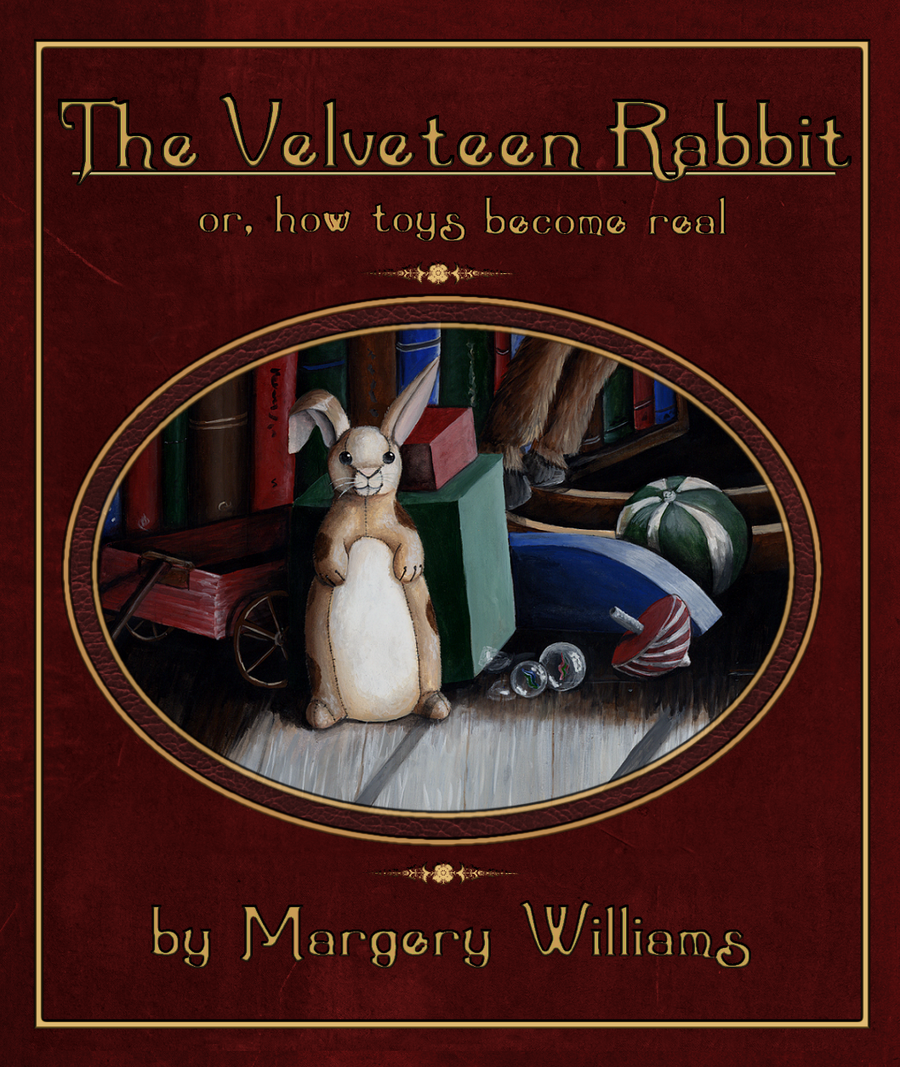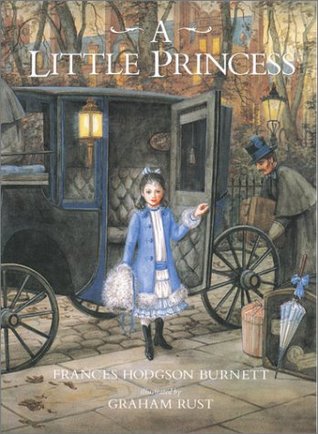PaperSeed's Favorite Read-Aloud Books
/Stories help children develop empathy, values and creativity, and can aid in learning all kinds of concepts. Reading out loud is a fun way to bond with kids of all ages, and a natural way to pique their individual interest in reading. Regardless of whether you’re just starting out with board books, or in the middle of a thick chapter book, curling up together with a good book (or two, or three!) is an excellent bonding experience. There are literally hundreds of great read-aloud books to choose from, and it was difficult for us to whittle down our list to just a few!
Board Books for Behavior and Development
Hands are Not For Hitting, by Martine Agassi
A great way to help young children think about appropriate ways to use their hands that emphasizes the positive, rather than a focus on scolding. While reading with your child, have them identify what is happening in the pictures and come up with other ideas of what hands can be used for.
No More Pacifier Duck, by Michael Dahl
Some children develop a strong attachment to a comfort item from birth, however dentists and orthodontists are not thrilled when pacifier use continues into toddlerhood (or beyond!). This book helps little ones think about the process of moving beyond the pacifier and you can talk about what ducky would do whenever there is a struggle for the pacifier.
Potty, by Leslie Patricelli
Potty training can feel daunting to parents, and there are many conflicting theories. One effective way PaperSeed Executive Director Aliyya Shelley Mattos has found is to involve your child in the process: talk about when you use the potty, get a small potty for a doll or stuffed animal to “practice” on, and bring the potty book into rotation so your child understands the upcoming transition. Again, having your child narrate what’s going on in the pictures is a great way to get them engaged in the story and thinking about the themes within.
Picture Books
As children mature and crave more involved stories, there is a natural shift from oard books to picture books. What’s wonderful is that picture books themselves can appeal to a wide age range, either by featuring more advanced vocabulary, longer stories, or more mature concepts. Today, we have an amazing variety of picture books to choose, from classic stories with simple pictures to modern stories featuring elaborate, avant-garde art.
Weasels, by Elys Dolan is a fun, silly book with colorful, detailed pictures. Books like these, with lots to look at and discover on every page, are a great way to engage toddlers and get them involved in the process of reading the book with you.
The Little Piano Girl, by Ann Ingalls & Maryann Macdonald
“What if you loved music more than anything in the world?” Based on the life of Mary Lou Williams, The Piano Girl is a richly illustrated picture book about a girl who broke down barriers in the world of jazz, becoming the most famous and celebrated female jazz musician of all time.
Cecil the Pet Glacier, by Matthea Harvey and Giselle Potter
With its playful, unusual art style and irreverent prose, Cecil the Pet Glacier is one of those stories that will resonate with adults and children (a running theme on this list!) Ruby Small just wants to be a normal girl, in spite of and perhaps because of her quirky parents (who cut topiary animals and make tiaras, respectively). All of Ruby’s dreams of normalcy get turned on their ear when Ruby’s family takes on a pet glacier.
The Velveteen Rabbit, by Margery Williams
Beautifully written with a poignant story, the Velveteen Rabbit is a classic for a reason. There are many different published versions of this book, so it might be fun to browse and find one with pictures you really adore. With this story, however, the pictures often pale in comparison to the magic and bittersweet storytelling.
Chapter Books
While most chapter books for children still feature the occasional picture, they differ from picture books by featuring much longer stories and denser narrative. Children can be ready for chapter books at different ages, but reading them together is a great way to start them getting comfortable with reading chapter books independently. What’s wonderful is when you shift from just one chapter at a time to having your little reading partner beg for you to read a second, or third!
A Little Princess, and The Secret Garden, by Frances Hodgson Burnett
Both of these classic stories are frequently ranked high on lists—both formal and informal—of the best children’s books of all time for good reason. In addition to being truly wonderful stories for younger audiences, both books feature girls as strong, determined heroines who overcome hardship. The editions illustrated by Graham Rust (pictured to the right) are particularly nice for readers transitioning from picture books to chapter books.
Just About Anything Written by Roald Dahl
Roald Dahl has a way with language that is both extremely distinct and undeniably charming. His stories and clever young protagonists appeal to children of all ages, and the high adventures in stories like James and the Giant Peach, Matilda, and The BFG are sure to please.
The Hobbit, by J.R.R. Tolkien
While The Lord of the Rings was clearly written with an older audience in mind, The Hobbit has a decidedly lighter tone, and moves at a much quicker pace than Tolkien’s epic fantasy trilogy. While the story is simple enough to grasp, Tolkien uses a lot of high-level vocabulary, which younger audiences may stumble over when reading alone. By reading the book together, you have the opportunity to introduce them to new vocabulary in context.
The Daydreamer, by Ian McEwan
Written specifically with reading aloud in mind, The Daydreamer is an absolute delight. In this book, an adult Peter Fortune recalls his greatest childhood daydreams in seven small, interlinking stories that come together in one extremely imaginative and thoughtful larger narrative, all written in vivid language that is appealing to adults and children alike.














